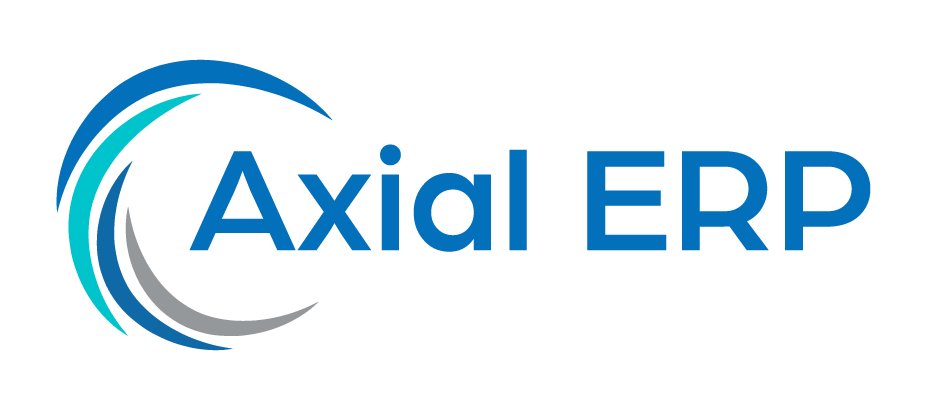Balance between Personalization and Standardization in ERP
Currently, companies face the challenge of adapting to increasingly dynamic and competitive markets. Within this context, enterprise resource planning (ERP) systems play a crucial role by offering comprehensive solutions for operations and resource management. However, one of the most important decisions when implementing an ERP is finding the right balance between system personalization and standardization. In this article, we will explore the key aspects of this balance, its implications, and strategies for achieving harmony that benefits organizations.
Understanding Personalization and Standardization in ERP
Before delving into how to balance these two elements, it is essential to understand what they mean and how they impact ERPs.
Personalization: Refers to the modification of ERP software to adapt to the specific processes and needs of a company. This may include creating custom functionalities, unique user interfaces, and workflows that align with the organization’s internal operations.
Standardization: Involves using ERP software as it comes from the factory, without making significant modifications. Standardization seeks to leverage industry best practices incorporated in the ERP, which can facilitate system integration, updates, and support.
Benefits and Challenges of Personalization
Personalizing an ERP can offer significant competitive advantages, such as:
- Better alignment with unique business processes.
- Increased user satisfaction by having an interface and functionalities that reflect the specific needs of the business.
- Flexibility to adapt to future changes and requirements.
However, it also presents challenges such as:
- High implementation and maintenance costs.
- Risk of complications during system updates.
- Dependency on software vendors or specialized consultants to make adjustments.
Benefits and Challenges of Standardization
On the other hand, standardization offers its own advantages:
- Lower implementation costs and time.
- Ease of performing updates and maintenance.
- Access to support and resources from the user community.
And its challenges include:
- Potential lack of fit with specific company processes.
- Resistance to change from users accustomed to old or customized systems.
- Limitations in differentiating from the competition through unique business processes.
Strategies for Balancing Personalization and Standardization
Achieving a balance between personalization and standardization in an ERP requires a carefully planned strategy. Below are some recommendations:
- Evaluate key processes: Identifying which processes are critical and unique to the company can help determine where personalization is necessary.
- Prioritize standardization when possible: Adopting industry best practices can improve efficiency and reduce costs.
- Modular customization: Opt for customizations that can be integrated as independent modules, facilitating system updates.
- Training and cultural change: Prepare users to work with a standardized system and promote a culture of adaptability and continuous improvement.
- Partnership with ERP vendors: Work closely with vendors to ensure that customizations are sustainable and compatible with future versions.
Conclusion
The balance between personalization and standardization in ERP systems is a critical factor for the success of their implementation and long-term operation. Companies must carefully evaluate their needs, processes, and organizational culture to make informed decisions that allow them to make the most of their ERP investment. With the right strategies, it is possible to achieve a system that is not only efficient and cost-effective but also provides a solid platform for business growth and innovation.



